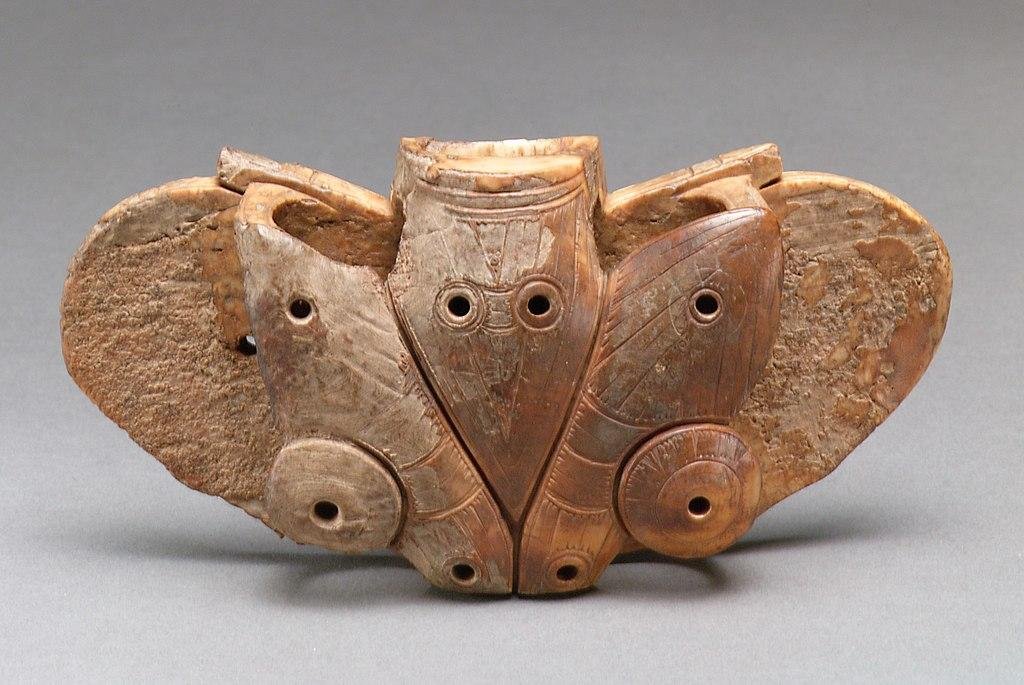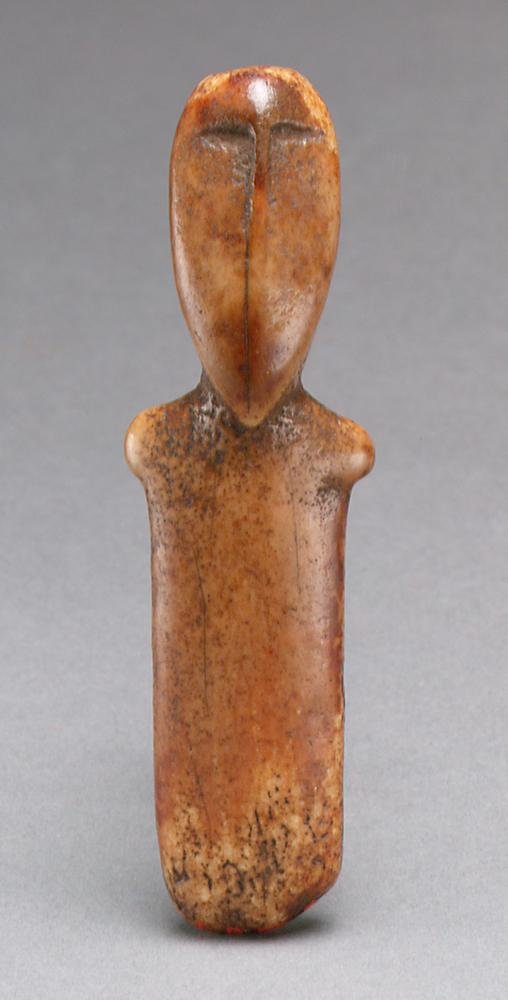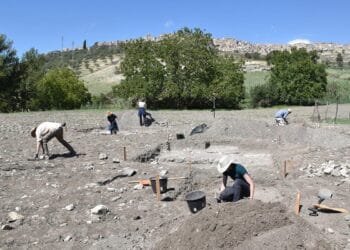The Old Bering Sea culture refers to a prehistoric indigenous culture that thrived in the regions of Alaska and the Russian Far East from approximately 2,000 to 1,000 years ago.
This culture is named after the archaeological sites found along the Bering Sea coast.
The Old Bering Sea culture was predominantly based on hunting, fishing, and gathering resources from the sea and the surrounding land. They relied heavily on marine mammals, such as seals and whales, as a primary food source.
These societies developed sophisticated technologies for hunting and processing marine resources, including the use of harpoons, boats, and specialized tools for butchering and preparing animal remains.

Origins
The origins of the Old Bering Sea remains, also known as the ancestral Yupik or Thule people, can be traced back to the migration of prehistoric peoples across the Bering Strait from Asia to North America. It is believed that around 4,000 to 5,000 years ago, a group of Paleo-Eskimo people known as the Arctic Small Tool tradition (ASTt) migrated from Siberia to the Bering Sea region. The ASTt culture is considered the precursor to the Old Bering Sea culture.
These early migrants adapted to the challenging Arctic environment and developed specialized technologies and strategies for survival. Over time, the ASTt culture evolved into what is now known as the Old Bering Sea culture.
The Old Bering Sea culture was not a monolithic entity but rather a complex mosaic of different communities with varying traditions and practices. As time progressed, the Old Bering Sea culture transformed and eventually gave rise to the modern Yupik and Inupiat cultures that exist in the region today.
The Old Bering Sea people likely experienced a combination of factors that influenced their cultural development. Trade networks played a significant role in facilitating the exchange of goods and ideas between different groups. This interaction likely contributed to the cultural diversity and innovation within the Old Bering Sea society.

Archaeological discoveries have revealed the presence of items originating from distant regions, indicating long-distance trade relationships. These connections facilitated the exchange of raw materials, tools, and artistic motifs, contributing to the cultural richness and diversity of the Old Bering Sea people.
The artifacts
One of the most distinctive features of the Old Bering Sea culture is their artistic expression, particularly through the creation of intricate and detailed ivory carvings. These carvings depict a variety of subjects, including animals, mythical creatures, and human figures.
The art of the Old Bering Sea people often showcased complex symbolism and spiritual beliefs, highlighting the importance of the natural environment and the relationship between humans and animals.

The Old Bering Sea culture also exhibited a complex social structure. Archaeological evidence suggests the presence of social hierarchies, with some individuals having higher status and possibly serving as leaders or shamans.
Burial sites found in the region indicate that these societies practiced elaborate funeral rituals, including grave goods and offerings, emphasizing the importance of ancestral connections and the afterlife.

The decline of the Old Bering Sea culture is still a subject of debate among researchers. Factors such as climate change, resource depletion, or shifts in social dynamics may have contributed to the eventual disappearance or transformation of these ancient societies.
Despite their eventual demise, the legacy of the Old Bering Sea culture lives on through their remarkable art, which continues to inspire and captivate people today, providing valuable insights into the lives of these early inhabitants of the Bering Sea region.

























